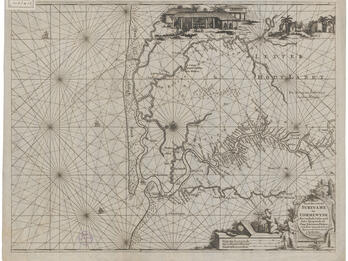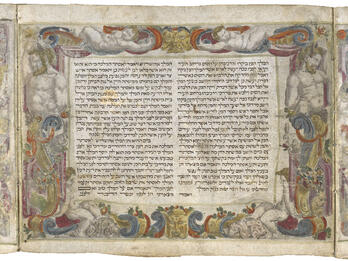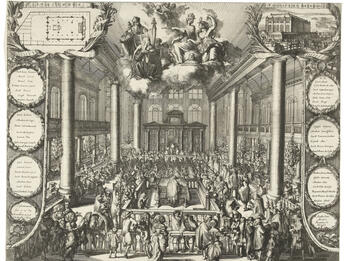The Congregation of the Italian Jewish Community of Venice
A charter issued in 1382 officially permitted the presence of Jews in Venice. However, in 1397, the Jews were expelled, and no Jew was permitted to remain in the city for more than fifteen days. Despite this, Jews were permitted to live in Venetian mainland possessions. Jews were also allowed to flee to Venice in times of war, as occurred in 1509, when Jews from Mestre, Padua, and other cities found refuge there. Despite popular hostility, the authorities subsequently allowed the Jews to remain. The Jews lived in the Ghetto Nuovo, which was locked at night. The community’s growth, with the arrival of Jewish merchants from the Ottoman Empire and New Christians from Spain and Portugal, necessitated an expansion of the ghetto, although it remained very overcrowded. By the mid-sixteenth century, the Jewish population had reached three thousand. Some outstanding rabbis and scholars resided in Venice, as well as many Jewish doctors, who had studied medicine in nearby Padua. The city likewise became a center of Hebrew, Ladino, Yiddish, and Judeo-Italian printing. The “Italian” Jewish congregation of Venice was the smallest and poorest of the four kehalim (congregations) that divided the Jews of the city, but it excelled in its cultural and spiritual contribution. The minute book, which covers the years 1644 to 1711, deals mostly with the nomination of community officials and the organization of communal institutions.




